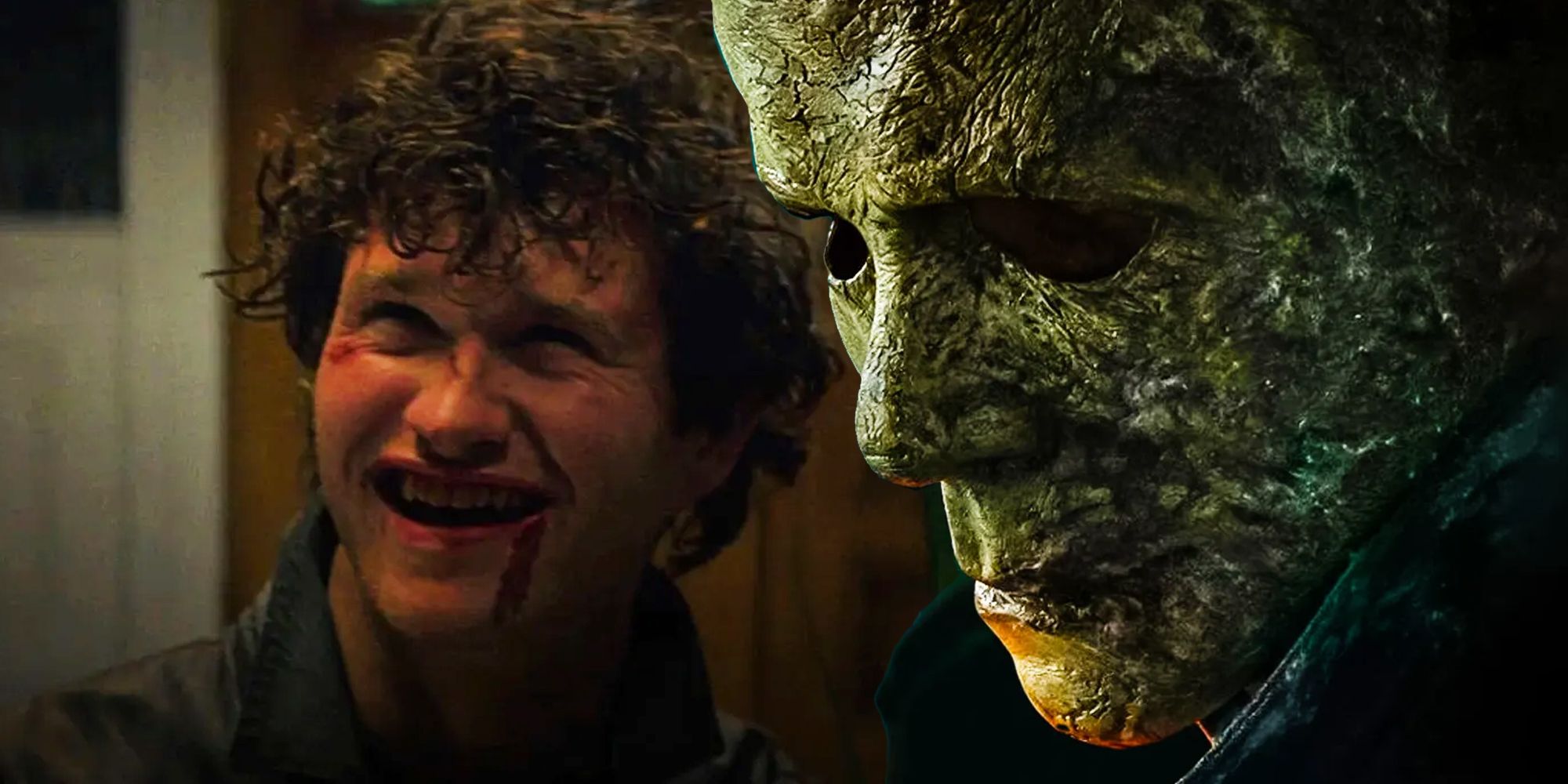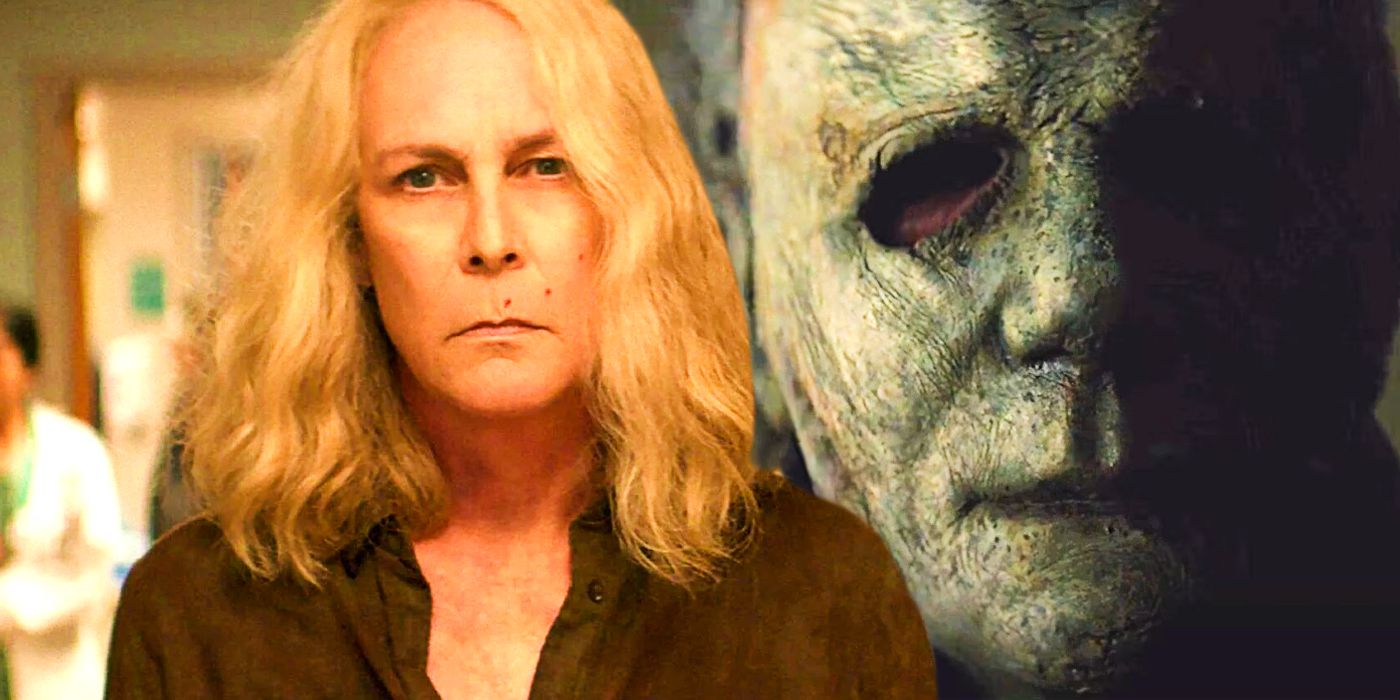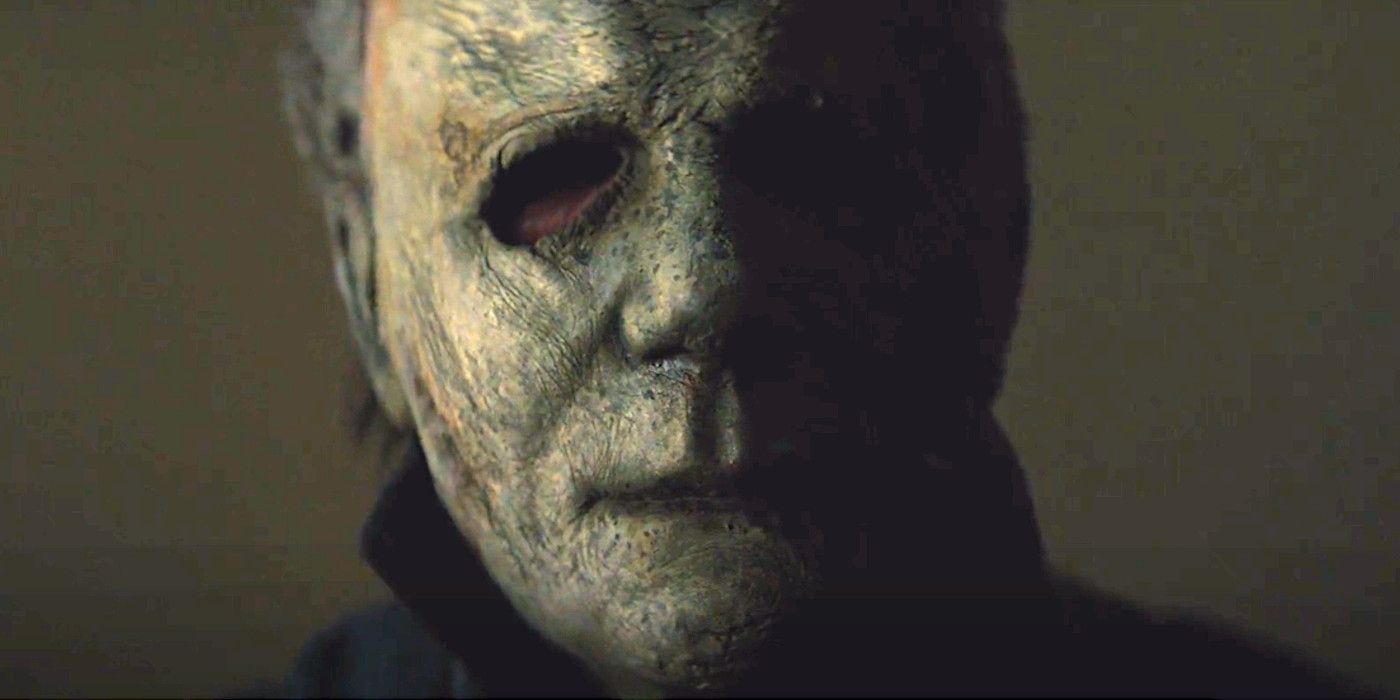Warning: Spoilers ahead for Halloween Ends.
Halloween Ends finally concludes the conflict between Laurie Strode and Michael Myers, but its confused story makes their fight less compelling than the final battle seen in 2018's Halloween reboot. David Gordon Green delivers a less satisfying conclusion than the finale of his first Halloween movie, largely due to the third movie's focus on Corey Cunningham, a new character with no history with either Laurie or Michael. The new movie, again starring Jamie Lee Curtis and James Jude Courtney, proves that Halloween works better as a self-contained extension of the original 1978 classic, and both Halloween Kills and Halloween Ends were not required.
Michael's first fight with the Strode women, Laurie, Karen, and Allyson, was the perfect conclusion to Gordon Green's take on Halloween. Thematically, it showed the three women fighting back against their abuser, perfectly demonstrating how he no longer had power over them and how they worked best when united. By contrast, Halloween Ends' brief fight between Laurie Strode and Michael lacks the same impact, particularly as Laurie has largely moved on with her life following Michael's massacre at the end of Halloween Kills. With the fight also being much shorter by comparison, it lacks weight and is not the epic rematch that the movie's trailers made it seem.
Halloween Ends Confirms Halloween 2018 Shouldn't Have Had Sequels
The ending to Halloween is far more impactful than the final conflict of Halloween Ends, proving that David Gordon Green could have stopped after the first movie and delivered a more satisfying conclusion. The final fight of Halloween sees all three Strode women use Michael's tactics against him in a tense, thrilling final battle, eventually trapping him in the cellar of Laurie's house as it sets ablaze around him. The effectiveness of this fight makes it clear that Gordon Green never needed to make Halloween Kills or Halloween Ends as the ending of Halloween was already perfect, both thematically and for the narrative.
Additionally, all three Strode women had their characters degraded throughout Kills and Ends, acting strangely in their own ways, such as Laurie moving on despite the death of Karen, and Allyson's odd relationship with Corey. Had the film series stopped after Halloween, Laurie, Karen, and Allyson all would have gone down as stronger characters with better motivations. Thanks to Kills and Ends, their character journeys become just as muddled as Michael Myers', further proving that director David Gordon Green should have stopped after the success of Halloween.
Corey’s Story Proves Halloween 4 Doesn’t Need Michael Myers
Halloween End's decision to focus so heavily on new serial killer Corey Cunningham severely dilutes the impact of Laurie and Michael's final battle. Michael is treated as a secondary antagonist in Halloween Ends, while Corey takes the majority of screen-time, even eventually beating Michael up and stealing the Shape's mask from him. Not only does this make Michael seem weak by comparison, it takes the focus away from Michael and Laurie's final fight, making it feel tacked on.
However, many viewers still consider the Corey, Allyson, and Laurie dynamic to work, proving that the movie could have worked without Michael Myers. If David Gordon Green wanted to continue making Halloween movies, Halloween Ends would have actually worked better without Michael, particularly if this was part 2 after Halloween, without the middle act of Halloween Kills. If Halloween Ends is to have a sequel, Gordon Green would be wise to realize that the iconic killer Michael Myers should either be the focus, or he should be completely absent, rather than the halfway approach seen in this movie.


